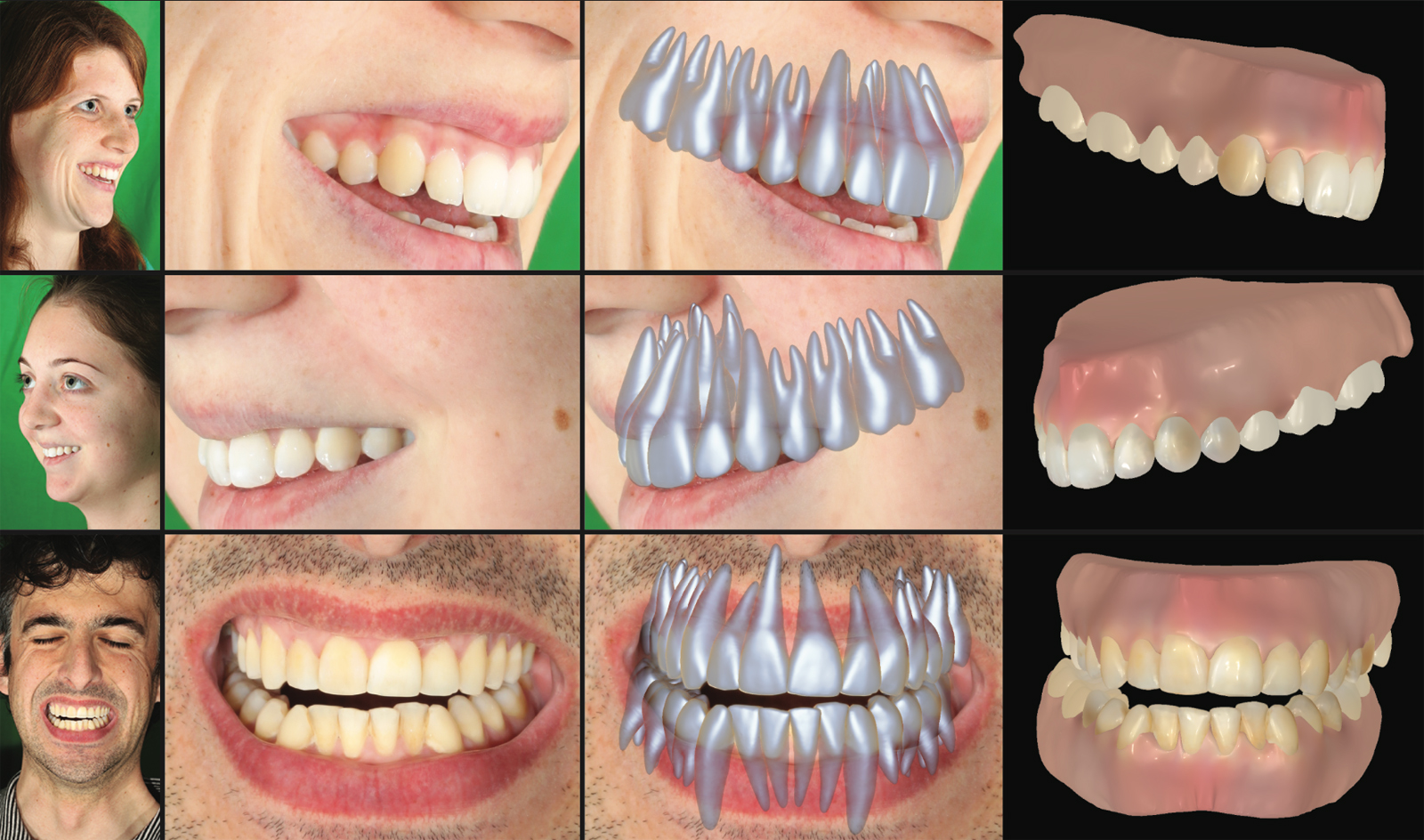
Sometimes, standard two dimensional photos, even those taken by a 41-megapixel sensor, simply aren't enough to accurately depict a three dimensional object. Enter Arqball Spin, a free app that lets anyone with an iOS device create high-quality 3D models of whatever they like. Using the iPhone's camera, the app takes a series of images and uses some software black magic to create the finished product. The model, or "spin", can be cropped and adjusted (brightness, saturation and contrast) like a regular photograph, plus users can create custom annotations to identify or comment on specific parts of the "spin" as well. Viewers can then rotate the model 360 degrees and zoom in on any part that piques their interest. While it's currently an Apple-centric affair, support for DSLRs and other hi-res cameras (by uploading videos to the company's website for processing) and other mobile platforms is in the pipeline.
The app works best if the object is situated on Arqball's stage, which rotates at an optimal three RPM -- the stage isn't available yet, but the company's going the Kickstarter route to get the capital needed to start manufacturing. Those who pitch in now can grab a stage for $60, and it'll cost $20 more if you want to wait until it's on sale. Of course, the app still functions if you want to hold your iPhone or iPad and walk around your subject, but you won't get near the quality result that you can when using the stage. Because the "spins" are hosted on Arqball's servers, they can easily be embedded on any website via HTML.
By making photo-realistic 3D modeling so easy and accessible, Arqball sees this technology as a perfect fit for online retailers, educators, and, ahem, even gadget reviewers. While the app holds obvious commercial appeal, the company's not counting out casual users, and hopes to see a future filled with user-created 3D content. We got to see the app in action, and walked away thoroughly impressed with both the speed of the app and the detailed models it produces -- but you don't have to take our word for it, see a sample spin and our hands-on video after the break.
Continue reading Hands-on with Arqball Spin, the app that lets you create interactive 3D models
Hands-on with Arqball Spin, the app that lets you create interactive 3D models originally appeared on Engadget on Thu, 19 Apr 2012 09:01:00 EDT. Please see our terms for use of feeds.
Permalink |
 Arqball, Kickstarter
Arqball, Kickstarter |
Email this |
Comments
 Digital models of humans can be uncannily accurate these days, but there's at least one area where they fall short: teeth. Unless you're willing to scan the inside of someone's mouth, you aren't going to get a very faithful representation of someone...
Digital models of humans can be uncannily accurate these days, but there's at least one area where they fall short: teeth. Unless you're willing to scan the inside of someone's mouth, you aren't going to get a very faithful representation of someone...
 Digital models of humans can be uncannily accurate these days, but there's at least one area where they fall short: teeth. Unless you're willing to scan the inside of someone's mouth, you aren't going to get a very faithful representation of someone...
Digital models of humans can be uncannily accurate these days, but there's at least one area where they fall short: teeth. Unless you're willing to scan the inside of someone's mouth, you aren't going to get a very faithful representation of someone...
 Sure, fully mapping the human brain is impressive, but think about it: our thinking muscle is pretty big. Not to be outdone by this week's advances from the Allen Institute, scientists from Japan's Tokai University have made a 3D model of the neurons...
Sure, fully mapping the human brain is impressive, but think about it: our thinking muscle is pretty big. Not to be outdone by this week's advances from the Allen Institute, scientists from Japan's Tokai University have made a 3D model of the neurons...
 In 1545, the Mary Rose warship drifted to the bottom of the Solent, a slither of sea that separates the Isle of Wight from mainland England. It was rediscovered in 1971 and carefully salvaged in 1982, triggering a major preservation project in the ci...
In 1545, the Mary Rose warship drifted to the bottom of the Solent, a slither of sea that separates the Isle of Wight from mainland England. It was rediscovered in 1971 and carefully salvaged in 1982, triggering a major preservation project in the ci...










